Following the devastating missile attack on the Weizmann Institute of Science in Israel by Iran on 15 June that destroyed around 45 labs, the dean of the faculty of chemistry is adamant that they will build it back better than ever.
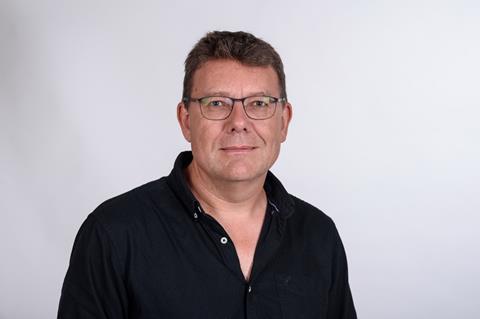
Milko van der Boom came to the Weizmann Institute 33 years ago and has served as the head of several key chemistry departments before assuming his current leadership role in December 2024. He first arrived there in 1992 as a summer student from the University of Amsterdam in the Netherlands while working on his master’s degree in inorganic chemistry and never left.
He argues that Iran targeted his university on purpose. Six research labs at Ben Gurion University in Beersheba, Israel were also destroyed and many others damaged when an Iranian missile struck the Soroka University Medical Center campus on 19 June. Ariel University was also reportedly damaged right before that attack during the Israeli and Iranian military conflict. No one has been reported dead or injured at these universities.
Rebecca Trager caught up with van der Boom to find out more.
What has been the reaction to the destruction at the Weizmann Institute?
We have had strong support from all over the world. So, in the end I think we will come out of this crisis much better – we will get better equipment, better buildings. It will also make the faculty closer to each other from working together to overcome this crisis.
What assistance has been offered?
Many universities and organisations in Europe and the US, as well as within Israel, are reaching out to us. These institutions, which include the Max Planck Society in Germany, are offering to lend their lab space and instrumentation.
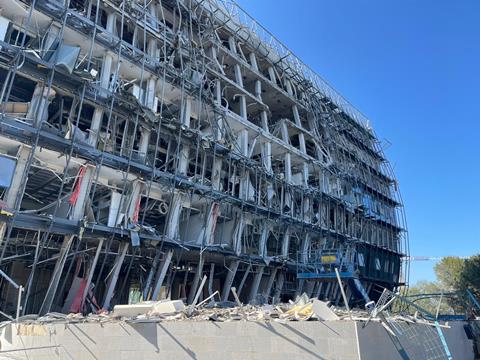
Scientists from other universities are contacting individual researchers and faculty here, as well as management. Practically, I don’t know how this will work out – it’s too early to say because we don’t yet know the status of our instrumentation. But even if a research lab can become operational soon, we need analytical tools to do our measurements.
What is your top priority?
Our main concern right now is getting the buildings back up and running and reallocating space. Our faculty lost the Sussman environmental sciences building and, as a result, 115 people are currently without offices and labs. The university has procured mobile offices, meeting rooms and shelters, and temporary villages will be built on campus. We will also rent lab space off-campus.
How are the next steps being decided?
We have established a small and nimble committee to work very fast. We meet almost every day and are identifying labs that are damaged and all the infrastructure that has been destroyed. We are mapping all available options, and I have the challenging task of reallocating many offices and laboratories. My goal is to ensure that the research will continue as soon as possible.
What else is happening?
There are many teams working on cleaning and fixing up the various buildings and facilities on campus. We are doing crisis management right now instead of doing science.
Most people don’t even know how damaged their labs are because the campus is quite closed off – the only ones with permission to enter are essential employees, like those who are maintaining equipment and preserving samples that would otherwise go bad.
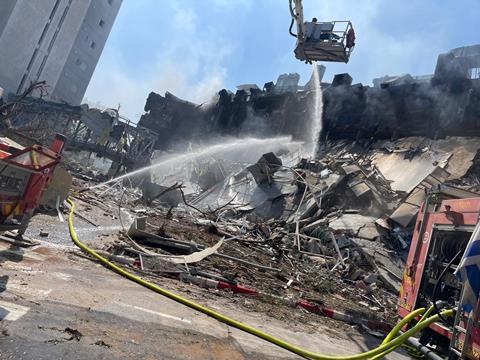
How did your lab fare?
I have no windows in my lab anymore. I have a staff scientist whose office is quite damaged, but my office is pretty much okay, surprisingly. However, some of the instruments that my students are using in the core facilities have been severely damaged.
Can you talk about the chemistry building under construction that was destroyed by Iranian missiles?
It was being built because there are several chemistry buildings at Weizmann that are ageing and require renovation, as well as safety upgrades. The buildings that we have now, they were crowded, and the university’s chemical research support facilities are also spread out over campus. We wanted to put all these things together in one state-of-the-art research facility, and to have scientists from different disciplines working together to generate new ideas and new research directions.
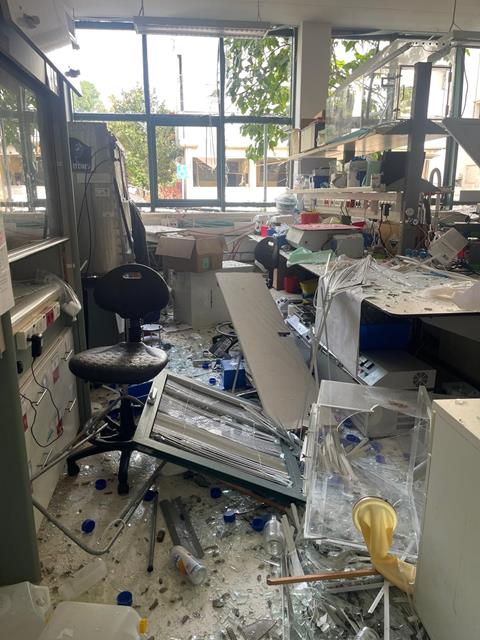
How have researchers on campus responded?
Weizmann has about 270 groups and 300 permanent staff scientists, a lot of whom are working in the support departments. These people are working with and maintaining equipment like MRIs and electron microscopes, and they are so attached to their equipment and their labs. These instruments cannot just be left there waiting for the electricity to shut down, so while some of the buildings were still on fire, they were running around on campus very quickly after the attack.
The devotion of these scientists to continue working, or at least to save their equipment and the labs, is extremely high. For example, the other day I met a staff scientist on campus with a little plastic bag in his hand that he took out of his damaged lab as it contained irreplaceable compounds provided by collaborators.
Are there other stories you can share?
Staff scientists, principal investigators, engineers are together cleaning up the shattered glass in the MRI and NMR labs because they want to access the magnets and to check on the status of the equipment.
Michal Lahav, a staff scientist in my group, was shocked and sad to see her damaged office. She immediately took a computer home to continue preparing her course on electrochemistry. Also, the other day I saw a PhD student, Gal Raviv, from another group walking in a damaged building wearing a hard hat and she told me, ‘I have to save my cells’. So, you can maybe destroy buildings, but you cannot destroy the spirit of the people.
This interview has been edited for clarity and brevity.




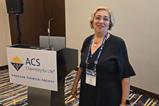
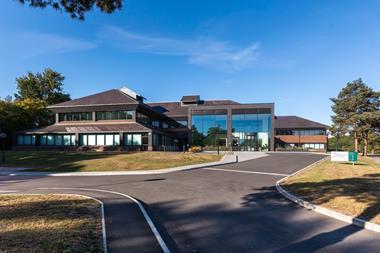
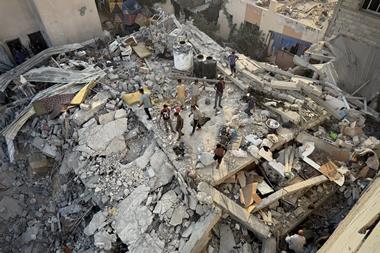
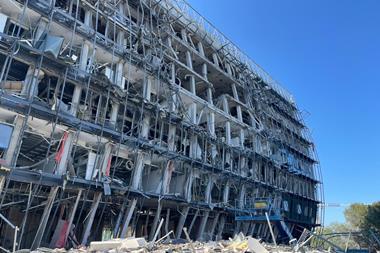
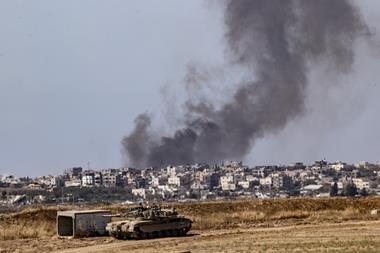
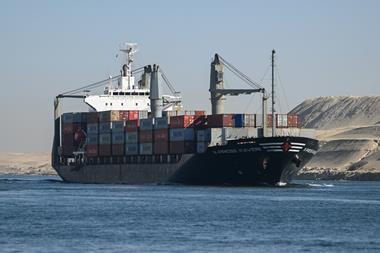
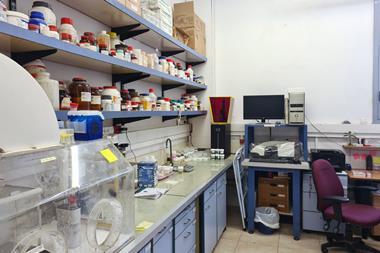
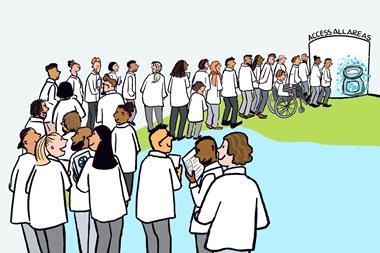
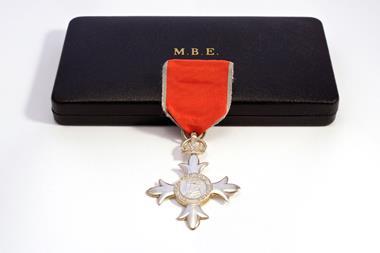
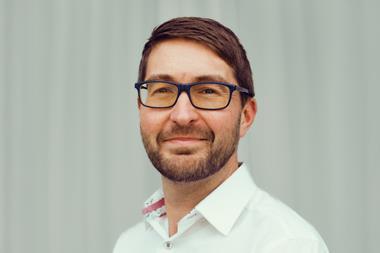
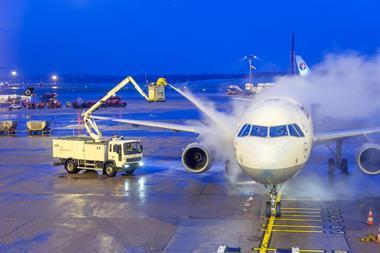


1 Reader's comment